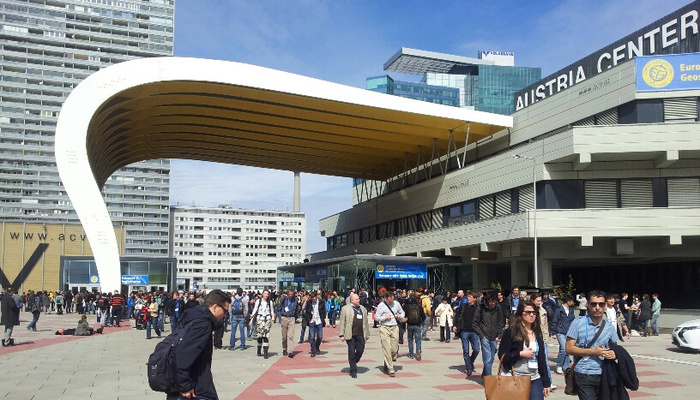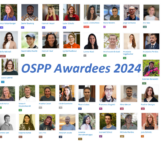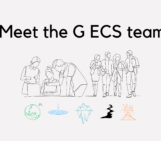
This is a guest post written by Jürgen Kusche, who has convened numerous sessions on various international conferences, and had the wonderful idea to use the geodesy division blog to initiate an open discussion on the topic session convening. For that reason, readers are encouraged to comment at the end of this post. Currently, Jürgen Kusche is professor at the Chair of Astronomical, Mathematical and Physical Geodesy at Bonn University in Germany.
One of the nice things of the EGU way of organizing a conference is that everybody can suggest sessions, not only the ‘officials’. This is an important option to allow young scientists develop experiences and a sense for service to the community. It also allows to create sessions more ‘adaptive’, e.g. in order to support spectacular new findings from some satellite data release, or in response to natural disasters.
But maybe the system has become less flexible now. I notice that some geodesy sessions are organized by the same distinguished scientists nearly over decades. While this has its merits, as it guarantees continuity and the highest level of scientific knowledge in organizing the sessions, sometimes it may congest the path for creating new sessions by new, younger convenors. True, everybody is invited to propose a session and one may argue, let the new ones compete with the established ones in terms of abstract submissions. But this does not work well since all session proposals tend to be formulated very wide in order to attract contributions. Having too many sessions competing for the same group does not make the program attractive.
This may be an argument for simply limiting the convenor service, in the same session, to terms of, say four years. This way, new people would be brought in.
True, the EGU rules do not allow that the division presidents stipulate, let alone enforce, such rules. But we, as G division, might give us a code of conduct?
I’d would be happy to see your thoughts on this placed as comments here





Joel Gill
(I’m speaking from the NH Division, but imagine the same principles apply!) – As a young scientist attending EGU for the past few years I’ve been really privileged to have been invited to co-convene sessions alongside a number of more senior scientists. Their attitude has been one of “partnerships between experience levels” rather than one vs. the other. I would really encourage this approach, and rather than a four year limit for conveners – suggest that EGU and Division Presidents proactively encourage every session to have a Young Scientist on the convening panel and for them to be involved in all aspects of the session organisation.
Roelof Rietbroek
I would also favour a staged transition. It is very valuable to ask your ‘senior’ colleagues for advice, especially in the beginning. Needless to say, this would require that you, as a young scientist, have already been asked and given certain responsibilities. IMO the best thing to do, is to pro-actively invite young scientists in the organization of the sessions. Most young scientists will probably be too humble to knock on the door of established scientists and ask: “Hi there, can I help you organizing your session next year?” But maybe, we (as in young scientists) should be more daring and do this as well.
Pingback: GeoLog | Looking back at the EGU Blogs in 2015: welcoming new additions